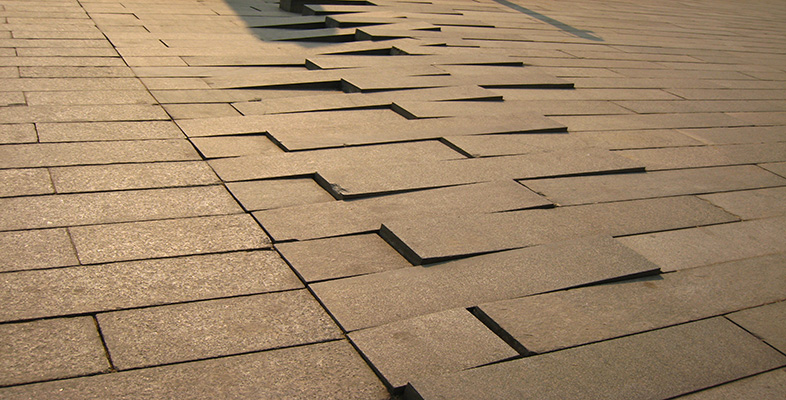5.2.1 Forces acting on the underside of lithospheric plates
Lithospheric plates are decoupled from the rest of the mantle because the underlying asthenosphere is weak. However, plates may be driven, at least in part, by forces imparted by the convecting mantle. For instance, if a lithospheric plate is being carried along by a faster moving asthenosphere, then the force acting along the bottom surface of the oceanic plate can be considered as an ocean driving force, FDO in Figure 28, which helps the plate to move. By contrast, if the asthenosphere is moving slower than the plate in the direction of plate movement or even in the opposite direction, then the force acting along the bottom surface of the oceanic plate can be considered as an ocean drag force, RDO, retarding the movement of the plate.
Continental lithosphere is thicker than oceanic lithosphere, so continents almost always have a 'keel' of lithospheric material projecting downward. As a result, the resistance to movement might be greater beneath continental plates than oceanic plates. Accordingly, continental plates might be associated with an additional continental drag force, RDC in Figure 28, and so the resistive force acting on the base of a continental plate would be the sum of both oceanic and continental drag forces, RDO + RDC in Figure 28.
